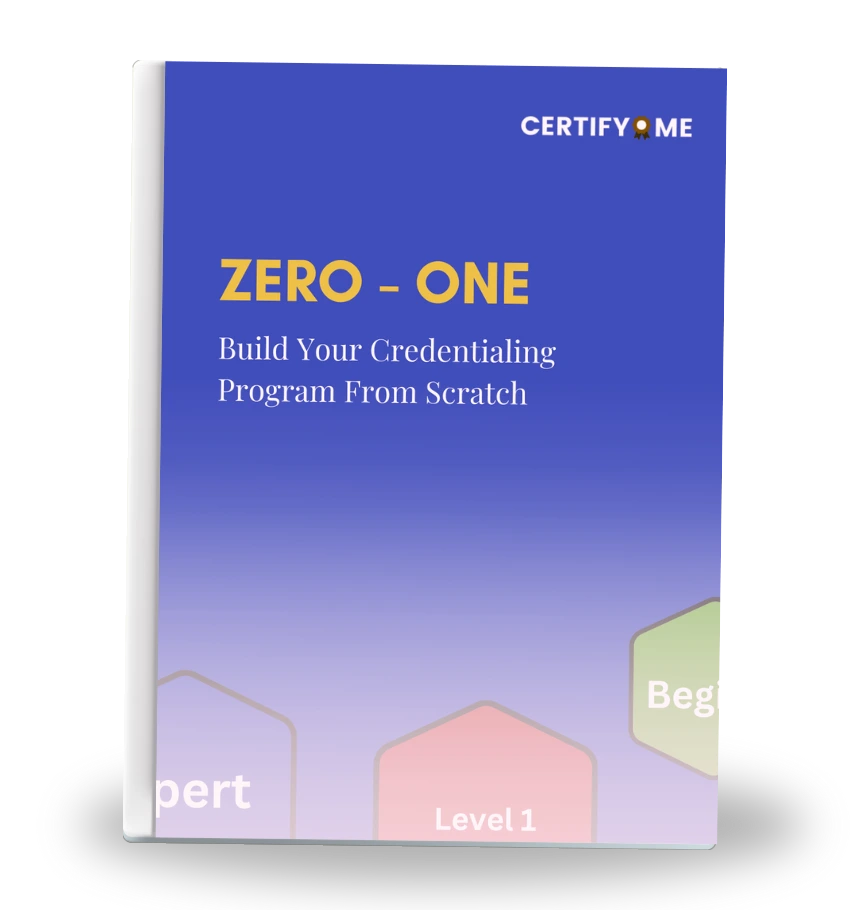Summary
Why is Online Education more effective than On-site Learning?
Why is Online Education more effective than On-site Learning?
Several world dynamics have shifted in the last few months as the pandemic has caused havoc all over the globe. While physical classrooms were closed, online learning remain accessible and determined to start with the educational activities and learning.
Online learning can be just as good as in-person classroom learning, if not better. Students learn at their own pace, are recognized for their progress and achievement, and are set up to understand thoroughly and logically about a particular subject while being accurately assessed.
Let’s look at some additional reasons why online education is superior to traditional classrooms:
Remote:
Because online education is available from anywhere in the world, the time saved can be put to better use, whereas traditional offline classes require travel and are limited by geographical boundaries.
Cost-effective:
On-site classrooms can be found across the neighborhood, across the city, or across the country. This necessitates travel to the classroom, regardless of location. Because they are a digital platform that can be accessed from home or anywhere, online classrooms save money.
Accessibility:
Online education is simple and efficient. Students can access learning modules, syllabus, notes, and educational videos through the learning management system. Aside from that, many learners depend on written notes when preparing for their classes. With the recordings of online courses on the education platform, it is easier to repeat the course content.
Shareability:
Projects and work must be completed and submitted on-site in traditional classrooms. Students in online classes can easily submit their notes through sharing platforms. These notes can also be quickly revised and submitted, saving the learner time and effort.
Verifiable:
The learner can readily check the educational institution’s credibility by filling out numerous online forms, reading reviews, and communicating with past students.
Individuality:
Learners frequently desire one-on-one instruction. This can be accomplished through online schooling, which follows the same process and timeline as mass training programs.
Digital Credentials:
Digital credentials are digital proof of the credential acquired. These credentials are shareable and verifiable and are encrypted with bank-level security and are issued with blockchain technology.
Quality:
Online education encourages participation and engagement by rewarding the learner with digital credentials like digital badges and digital certification. This provides quality education to the learner without compromising much effort.

 Author :
Author : 







